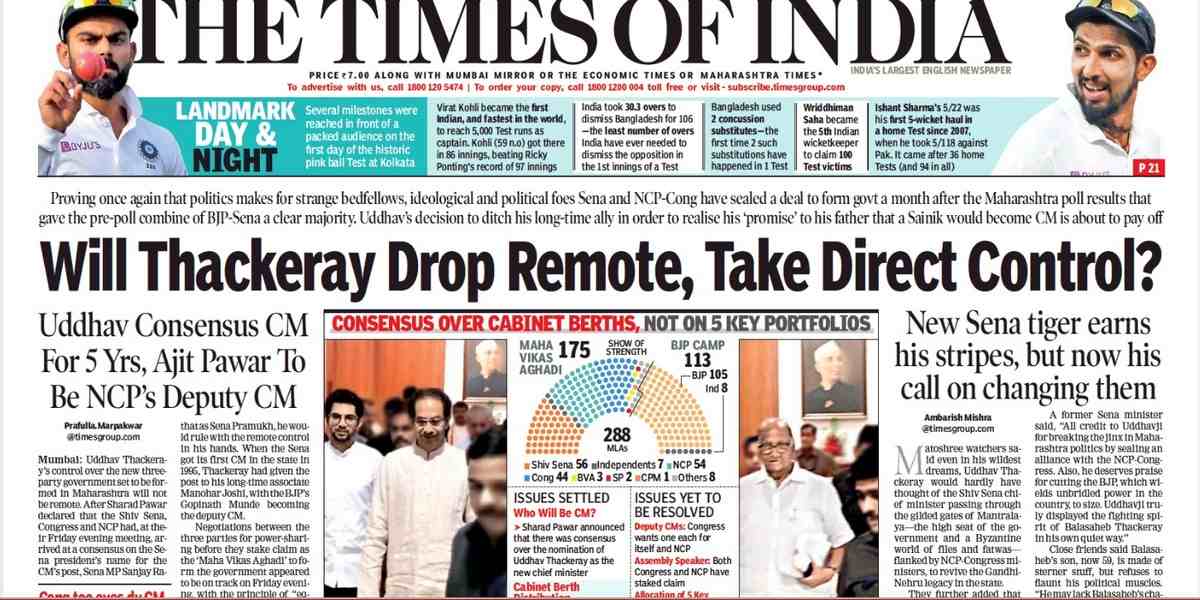Social activism have long been a powerful driver for progress, molding societal views and shaping policy decisions. As we move through the current political landscape, it becomes increasingly evident that grassroots activism and structured activism are making significant impacts on the trajectory of governance. From environmental justice to equality movements, movements are not just amplifying the voices of the marginalized; they are transforming the very nature of political discourse at a time when the challenges have never been higher.
With the upcoming election looming, the significance of these movements is highlighted by a rise in independent voters and changing coalitions in Congress. Groups that once seemed at odds are finding shared objectives, while others are digging in their heels, creating a complex landscape adorned with both hopeful initiatives and controversial debates. As we dig into these dynamics, we will investigate the intersection of social movements and policy change, examining who is advancing in Washington, the effects of youth engagement in the electoral process, and how current social activism is shaping the conversation around critical issues like political representation, environmental policy, and fair elections.
Influence of Community Initiatives
Social movements have historically played a critical role in influencing political landscapes and driving legislative amendments. They act as triggers for societal awareness, organizing citizens around specific issues such as environmental issues, equity, and wealth disparity. The resurgence of activism, notably among younger generations, has put pressure on lawmakers to address these concerns, leading to major discussions and transformations in public opinion. As initiatives gain support, they can reshape the agenda of politicians and influence the focus in Congress, making it essential for politicians to listen to grassroots needs.
In current politics, the rise of independent voters can be linked to grassroots actions that question traditional party lines. Issues like sustainability and human rights resonate with a more diverse audience, motivating independents to seek candidates who align with their values rather than strict party loyalties. Go to this site has led to a more dynamic electoral environment, particularly leading up to the upcoming elections, where social movements are anticipated to encourage unprecedented involvement of young voters at the polls. Their influence reinforces the belief that active participants can direct political discourse and hold accountable responsibility from their representatives.
Furthermore, activist initiatives often face opposition from established power structures, leading to important legal and legislative battles. As initiatives push for reform, they frequently experience pushback that manifests in policy stagnation or attempts to quell dissent through policies. The court's forthcoming decisions on key issues may reflect the challenges arising from these movements, highlighting the complex relationship between activism and judicial outcomes. Ultimately, the influence of community actions extends past immediate reforms, cultivating a culture of civic participation that can shape the future of democracy itself.
Political Landscape Changes
The changing political landscape in the United States is marked by a major shift toward independent voters who are more and more dissatisfied with the traditional two-party system. This growth of the independents has stimulated discussions about a different political era that may affect upcoming elections, especially the 2025 vote countdown. As more individuals identify as independents, political parties are being challenged to adapt their messaging and strategies, resulting in an unpredictable electoral environment where traditional voting patterns may not hold true.
In Washington, political maneuvering are evident as establishment figures race to maintain their influence while facing fresh and varied challenges. The emergence of new alliances in Congress often results in unexpected bedfellows, showcasing a willingness to cross party lines on certain issues, particularly regarding environmental issues and social justice movements. As groups rally for change, policymakers are urged to reconsider their stances and align with the changing sentiments of their constituents, particularly as the youth vote keeps to grow in relevance and impact.
In the midst of these changes, the threat to democracy itself remains a central issue of concern, leading to a deeper examination at the implications of political misinformation and voting manipulation fears resurfacing. With the Supreme Court poised for rulings that could further transform the political landscape, the convergence of social movements and policy change is more crucial than ever. Activism on the streets once again gains traction as protesters call for responsibility and reforms, highlighting the ongoing struggle between grassroots movements and established political structures.
Engagement of Youth and Voter Trends
The forthcoming 2025 polls are seeing a rise in the engagement of young people that may redefine the dynamics of politics. With issues such as climate change, equity, and economic inequality at the center, young voters are increasingly motivated to make their voices heard. This generation is not just shaped by conventional political messaging; they are harnessing digital platforms and grassroots movements to coordinate and advocate for their priorities, showcasing a change in how campaigning occurs.
Recent analyses show that the youth vote could be a significant influence in the next elections. Historically, this age group has been less likely to vote in contrast to older generations. However, programs aimed at increasing voter registration and civic awareness have gained momentum, leading to a noticeable uptick in participation. Organizations focused on teaching youth about the electoral process are crucial in addressing barriers and cultivating a sense of responsibility among the youth.
As young voters become more engaged, their interests are shaping the strategies of political parties and platforms. Political groups are more and more acknowledging the importance of appealing to this age group, leading to new coalitions and changes in priorities. The emergence of independent candidates and movements further challenges traditional party lines, highlighting the necessity for flexibility in political messaging. With the 2025 polls on the horizon, understanding the patterns and motivations of the youth will be crucial for any political organization looking to win.

